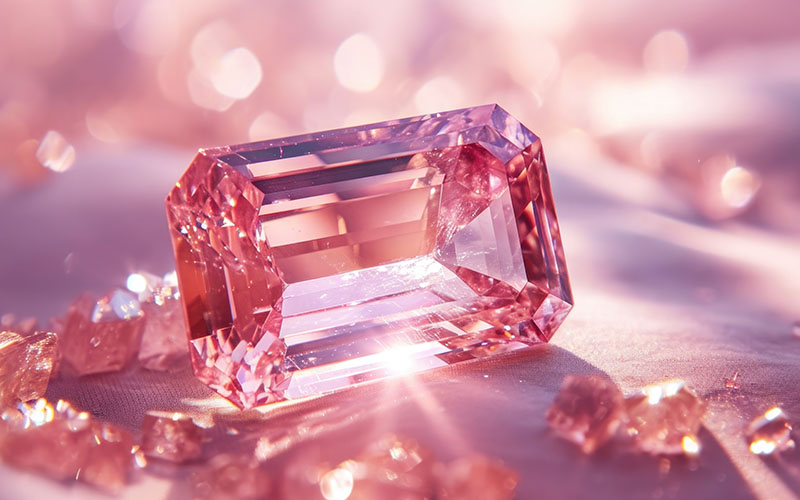Another independent analysis has concluded that IGI’s loose diamond grading ranks among the world’s strictest. In a comparison of dual-certified diamonds IGI’s color grading was stricter than that of GIA in the majority of cases, with clarity the same or stricter in most cases, as well.
IGI: A good value opportunity
The detailed study was published on Diamond Screener by Joseph Lee, a consumer advocate offering tools, research and experience to help shoppers “find the best diamond at the best price.” In addition to his website, the author is an active contributor on Reddit.
Click below to see the full study
Methodology
A search of online diamond sellers’ inventories returned a sample size of 29 diamonds graded by both IGI and GIA.
IGI color grading
Summary results of the color grade comparison are shown in Table 2. IGI was stricter than GIA in 12 cases (e.g. IGI graded a diamond F, while GIA graded it E). IGI was looser in 7 cases (e.g. IGI graded a diamond G color, while GIA graded it H color). Both labs assigned the same grade in 10 cases.

All pairwise color comparisons are visualized in Figure 1. The line represents cases where IGI and GIA assign the same color grade. Points above the line are cases where IGI was looser. Points below the line are cases where IGI was stricter.
IGI and GIA assigned the same color grade in 12 cases. IGI and GIA were within 1 color grade of each other in 14 cases. IGI and GIA were within 2 color grades of each other in 3 cases.

IGI clarity grading
Summary results of the clarity grade comparison are shown in Table 3. IGI was stricter than GIA in 5 cases (e.g. IGI graded a diamond VVS2, while GIA graded it VVS1). IGI was looser in 4 cases (e.g. IGI graded a diamond SI1, while GIA graded it SI2). Both labs assigned the same grade in 20 cases.

All pairwise clarity comparisons are visualized in Figure 2. The line represents cases where IGI and GIA assign the same clarity grade. Points above the line are cases where IGI was looser. Points below the line are cases where IGI was stricter.
IGI and GIA assigned the same (clarity) grade in 20 cases. IGI and GIA were within 1 (clarity) grade of each other in all but 1 case.

IGI represents superior value
The survey concluded with price-research showing that – for two diamonds with the same carat, color and clarity grade – the IGI graded option was an average of 12% less expensive than an identically graded GIA option.
The paper premium
Some jewelers automatically place a premium on diamonds graded by GIA, but there is no reason for shoppers to pay an average of 12% more for the same diamond. After all, what’s worn on your hand, wrist, ears or heart doesn’t have a grading report pinned to it. For those who want to spend their dollars on diamond quality, not certificate-names, an IGI graded diamond represents the best combination of strictness, consistency and value.
History repeats itself
Diamond Screener’s survey results are in agreement with an independent small-stone study conducted by Rapaport Diamond Trading Network in 2013. The analysis, titled “Grading the Graders” concluded with a rather strong statement regarding the grading standards of IGI.
It appears that some labs – such as IGI, which ranks second in the Laboratory Quality Index but fifth in the price ranking – are being punished in their pricing and that their diamonds are selling for less than what their grading standard deserves.
The World Leader in gemological variety
IGI is the only worldwide gemological institute serving consumer protection by evaluating and grading finished jewelry creations, as well as loose diamonds and colored gemstones. IGI was the first gemological institute to begin fully grading lab-grown diamonds in 2005, providing a first-foothold in terms of authenticity and standardization for that growing industry segment.
Today IGI instructs a wider variety of courses, provides a wider array of services and grades a wider variety of gemstones and jewelry in more locations around the world than any other gemological organization.






